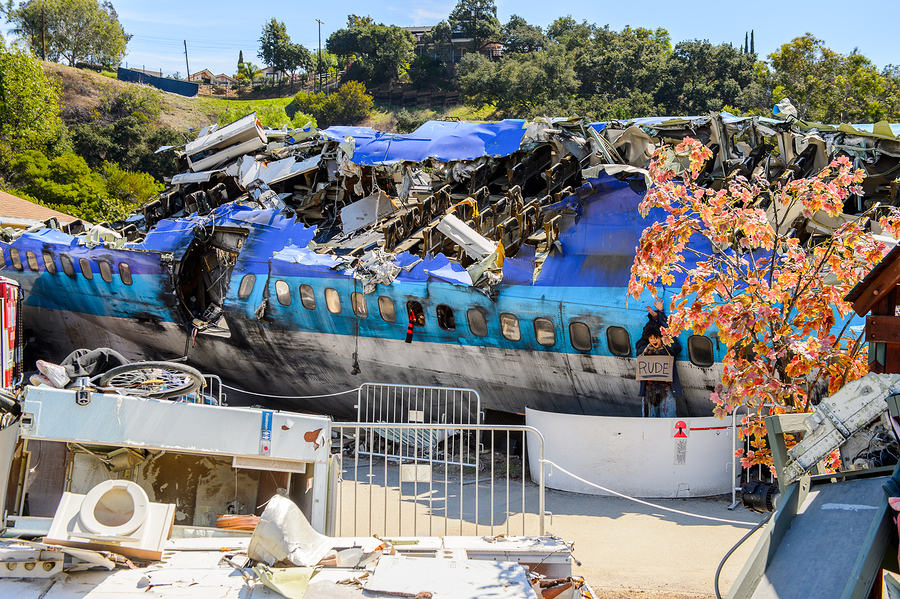The aeronautical world is in mourning after two accidents on Boeing 737-MAX 8 aircraft occurred five months apart. The study of the black boxes and investigations by various stakeholders have revealed failures, inconsistencies and a certain laxity that would be due to commercial pressures.
Two accidents too many
On October 29, 2018, a Boeing 737-MAX 8 crashed at sea just 13 minutes after taking off from Jakarta with 181 passengers and 8 crew members on board. On March 10, 2019, Ethiopian Airlines suffered the same fate six minutes after taking off from the capital of Ethiopia, Addis Ababa, ending the lives of 157 people, including 8 crew members. This was followed by an immediate reaction by various countries requiring their airlines to suspend all flights with this aircraft (China and Indonesia on March 11, Canada and the United States on March 13) or prohibiting overflight of their airspace (Australia, South Korea, India, Norway, Oman, Singapore, Switzerland, Turkey and the members of the European Union on March 12).
Here are some of the misunderstandings that have been revealed to the general public as a result of the investigations:
- Construction: the Boeing 737-MAX 8 was designed on a model that is over 50 years old. In order to install the new LEAP (Leading Edge Aviation Propulsion) engine on this 4th generation aircraft, the front landing gear had to be raised. After disastrous tests and with the lack of time needed to find a mechanical solution, the company hastily developed the MCAS system so that probes measure the aircraft’s angle of attack and bring the nose down to regain speed in the case of a stall. Unfortunately, the aircraft only had one probe, which in addition was defective.
- Certification: faced with the complexity of the computer systems, the Federal Aviation Administration (FAA) subcontracted a part of the certification tests to the Boeing engineers themselves before granting certification, too hastily. In addition, changes in size – ignored – were made between certification and delivery of the aircraft. The failure standard, a fault-based system based on the probability of failure and the consequences of failure, should have attributed the “high” level to the Boeing 737-MAX 8, instead of “moderate”.
- Training: not having been either informed about the installation of the MCAS nor trained on this system, pilots were surprised to learn about its existence after the first crash. The unfortunate pilots on October 29 and March 11, who were unable to regain control of their aircraft which was under the control of a defective MCAS system, were unable to rely on the aircraft’s operating manual, in which the term MCAS was only mentioned in the glossary of abbreviations.
Was the Boeing company threatened by its competitor Airbus to the point of having to accelerate the marketing of its Boeing 737-MAX 8? In this unfortunate affair of human lives being wrested from them for commercial reasons, Boeing will come off badly, starting with developing a new patch, training all the pilots of its customers – American Airlines, SouthWest and United, by the drop in the share price, not to mention the hit to its reputation which is now stained for many months to come.
